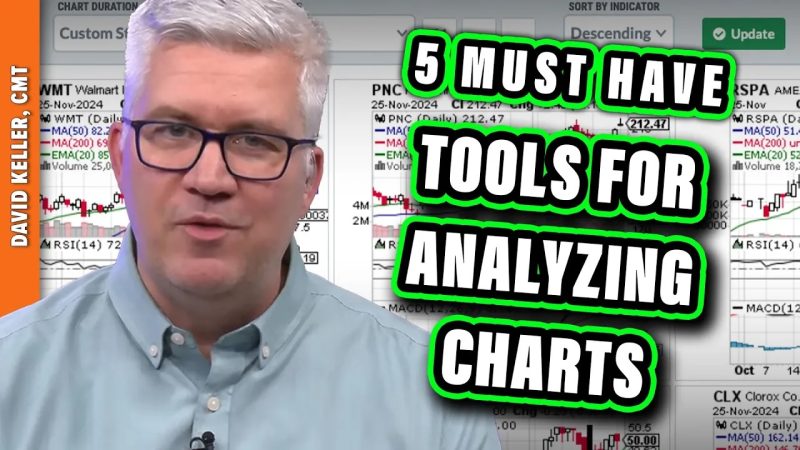
Unlock Your Stock Market Success: Top 5 Tools for Mastering Stock Chart Analysis
## Tool 1: Moving Averages
Moving averages are a fundamental tool for analyzing stock charts. They help smooth out price data to identify trends over consistent time periods. The most common moving averages used are the 50-day and 200-day moving averages. When the stock price is above the moving average, it indicates an uptrend, while a price below suggests a downtrend. Traders use moving averages to determine entry and exit points for trades.
## Tool 2: Relative Strength Index (RSI)
The RSI is a momentum oscillator that measures the speed and change of price movements. It ranges from 0 to 100 and is used to identify overbought or oversold conditions in a stock. An RSI above 70 suggests that the stock is overbought and may be due for a price correction, while an RSI below 30 indicates that the stock may be oversold. Traders use the RSI to confirm trend strength and potential reversal points.
## Tool 3: Volume Analysis
Volume is a critical tool for analyzing stock charts as it indicates the level of activity in a particular stock. By analyzing volume along with price movements, traders can confirm the validity of a trend. Increasing volume during price uptrends suggests strong buying interest, while decreasing volume during price declines may indicate weakening momentum. Volume analysis helps traders make informed decisions based on the market sentiment.
## Tool 4: Support and Resistance Levels
Support and resistance levels are price levels at which a stock tends to find barriers in moving up or down. Support levels act as a floor, preventing the stock price from falling further, while resistance levels act as a ceiling, preventing the price from rising. By identifying these key levels on a stock chart, traders can anticipate potential price movements. Breakouts above resistance or breakdowns below support levels can signal significant price changes.
## Tool 5: Candlestick Patterns
Candlestick patterns are graphical representations of price movements that help traders predict future price directions. Common candlestick patterns include doji, hammer, engulfing, and harami patterns. Each pattern conveys specific information about market sentiment and potential price reversals. By understanding and recognizing these patterns on stock charts, traders can gain insights into market dynamics and make informed trading decisions.
In conclusion, analyzing stock charts requires a combination of tools and techniques to identify trends, confirm signals, and make informed trading decisions. By utilizing moving averages, RSI, volume analysis, support and resistance levels, and candlestick patterns, traders can enhance their chart analysis skills and navigate the complexities of the stock market effectively. These five must-have tools play a crucial role in helping traders interpret price movements, gauge market sentiment, and optimize their trading strategies for successful outcomes.
